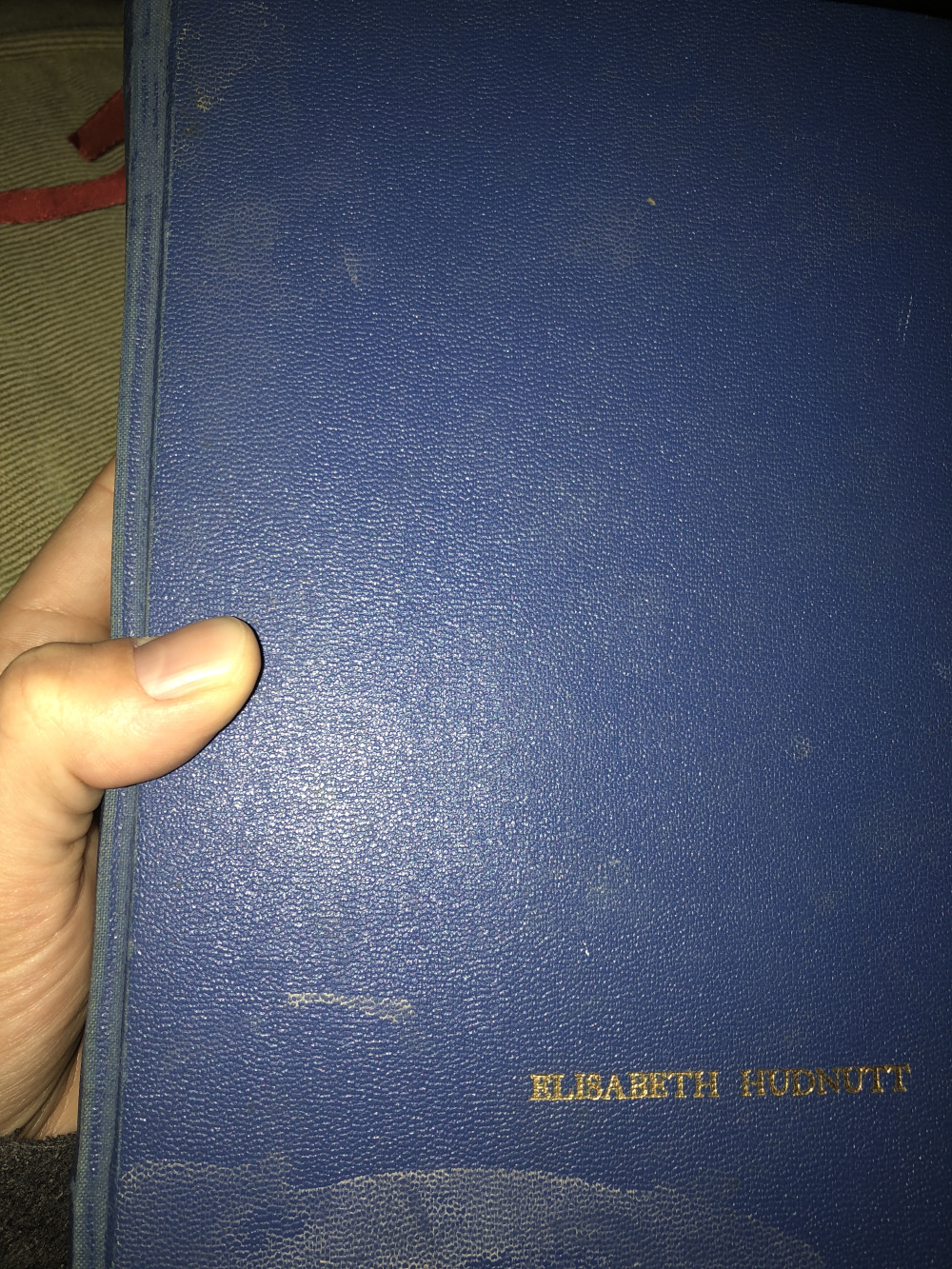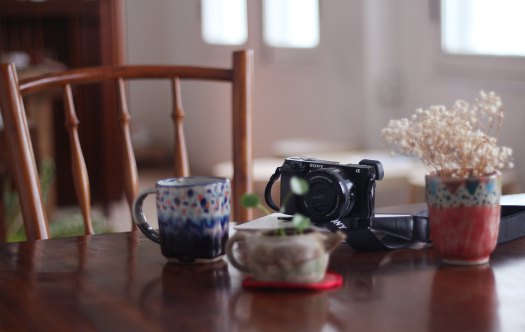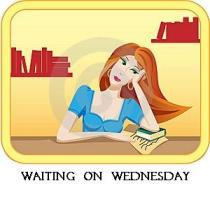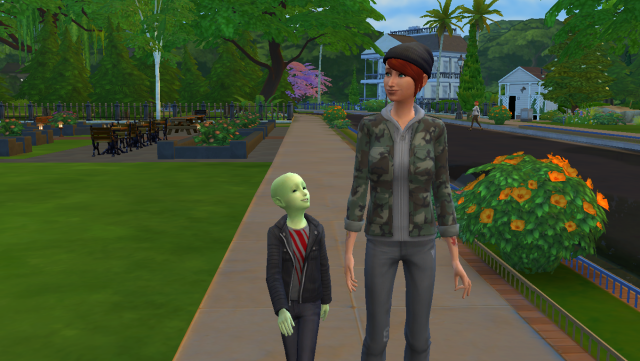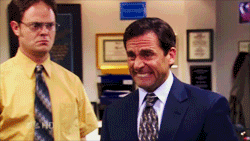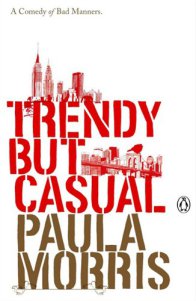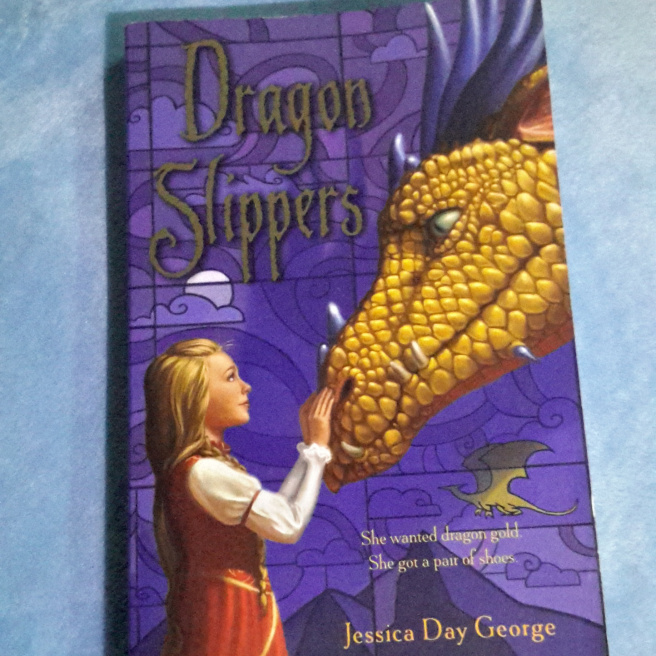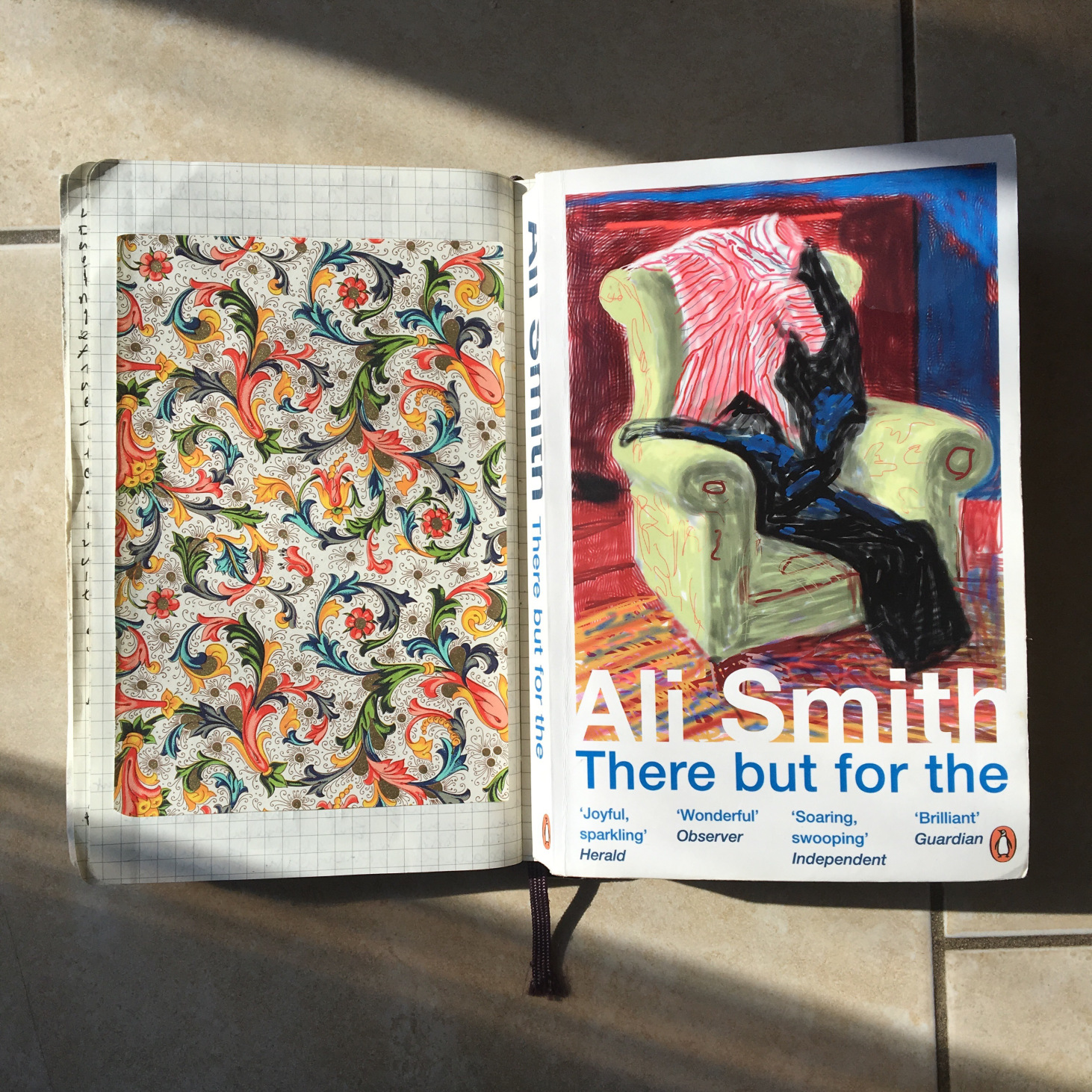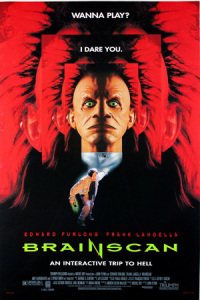Download links for: Cradle of Gold: The Story of Hiram Bingham, a Real-Life Indiana Jones, and the Search for Machu Picchu


Reviews (see all)
Write review
Kind of boring. Also, Hiram Bingham was NOT a real-life Indiana Jones. He was a dick.
Read after hiking the trail -- wish I would have read before hiking the trail!
Interesting read. Takes one of my inspirational heroes down quite a few pegs.
Other books by History & Biography
Related articles



